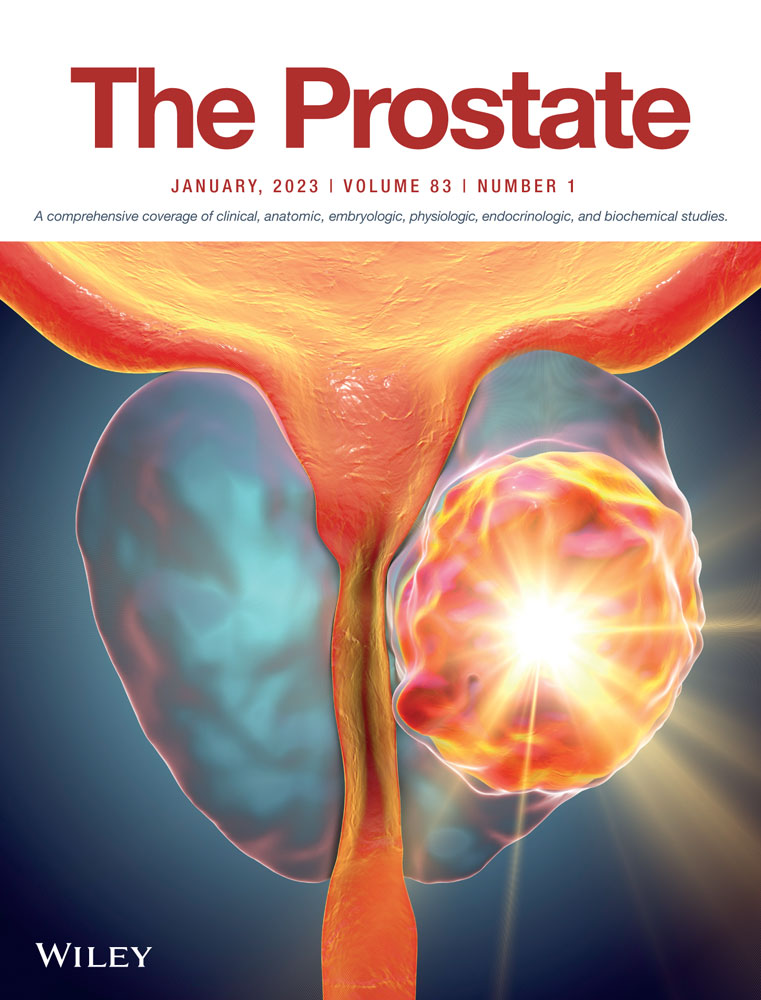Impact of COVID-19 on the progression of benign prostatic hyperplasia and aggravation of related symptoms: A prospective study
Abstract
Objective
This study aims to evaluate the lower urinary tract symptoms (LUTS) of the patients with benign prostatic hyperplasia (BPH) who were admitted due to coronavirus disease (COVID-19) and to show the effect of COVID-19 on BPH.
Methods
This prospective study included patients over the age of 45 admitted due to COVID-19 between June 2021 and December 2021 and treated with alpha-blockers for BPH. During admission, the patients were evaluated by prostate volumes, prostate-specific antigen (PSA) values, and International Prostate Symptom Scores (IPSS). Furthermore, treatment duration due to COVID-19, frequency, nocturia, and voided volumes obtained from the voiding diary was recorded. Finally, the sequent IPSS values were compared by inviting the patients to the urology polyclinic in the first month.
Results
The mean age of 142 patients was 72.42 ± 10.21 years. The IPSS scores of the patients increased from 10.66 ± 4.46 to 12.99 ± 3.58 1 month after the diagnosis (p < 0.01). Moreover, the IPSS quality of life (QoL) scores were 2.44 ± 0.58 and 2.75 ± 0.51, respectively (p < 0.01). The mean frequency obtained from the voiding diary data increased from 5.10 ± 1.5 to 5.65 ± 1.36 (p < 0.01), mean nocturia count increased from 1.13 ± 0.05 to 1.39 ± 0.66 per day (p < 0.01), and the mean voiding volume decreased from 320.56 ± 46.76 ml to 298.84 ± 39.74 ml (p < 0.01).
Conclusion
In this study, we detected an increase in LUTS during COVID-19 treatment. Therefore, it should be noted that symptomatic or asymptomatic COVID-19 patients may refer to urology polyclinics due to aggravation of LUTS.
CONFLICT OF INTEREST
The authors declare no conflict of interest.
Open Research
DATA AVAILABILITY STATEMENT
Data are available on request due to privacy/ethical restrictions.




